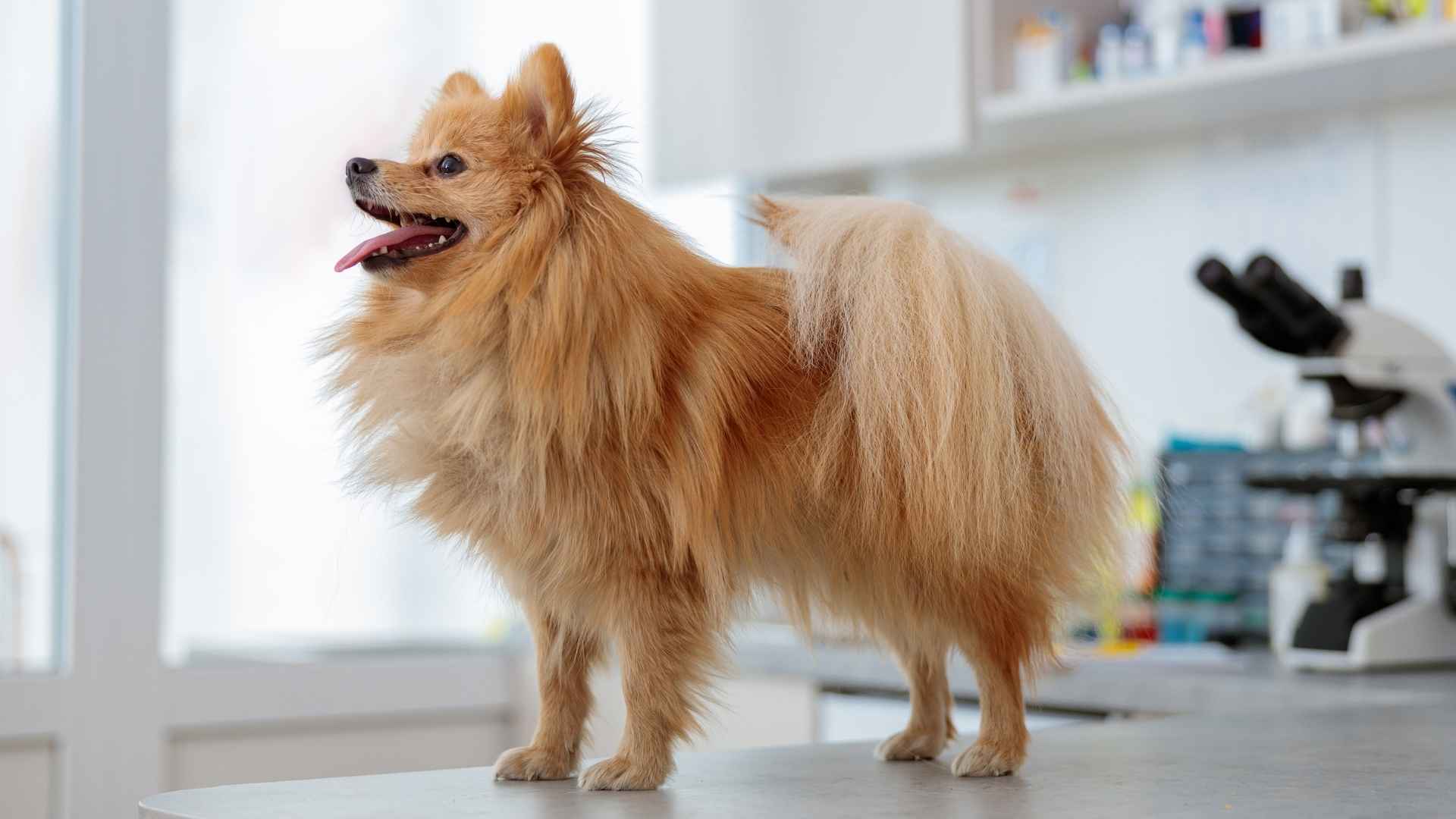Dogs have a way of surprising us. Research shows that 20–30 seconds of petting alone can sustain a dog’s operant responses, meaning your affectionate scratches are more powerful than you might think, just as effective as treats when it comes to keeping attention and obedience going strong. That’s proof that petting isn’t just emotional—it’s behavioral science in action.
Some dogs respond to that love with a deep, contented growl. According to canine behavior experts, “pleasure growling” is common—this low, relaxed rumble often accompanies belly rubs or gentle ear scratches, signaling comfort and affection, not warning.
When you’re scratching that sweet spot and your pup lets out a soft growl, they’re speaking their unique love language. It’s a tender, canine way of saying, “Yes, keep going.”
Dog Breeds that Growl Lovingly when Petted
Here are the 9 dog breeds:
1. Beagle
Beagles are lovable hounds with big personalities—and vocal cords to match. If your pup starts letting out a low growl or an excited bark when you pet them, don’t panic. This breed has a long history of using vocal sounds to converse, especially while tracking a scent. That same instinct carries over into daily life.
You might be wondering why your Beagle is growling lovingly when petted. Here’s the thing—it’s often their way of expressing affection or pleasure, not a warning growl.
Still, paying attention to your dog’s body language—like a wagging tail, relaxed ears, and a soft body—can help you understand whether it’s a sign of affection or something else.
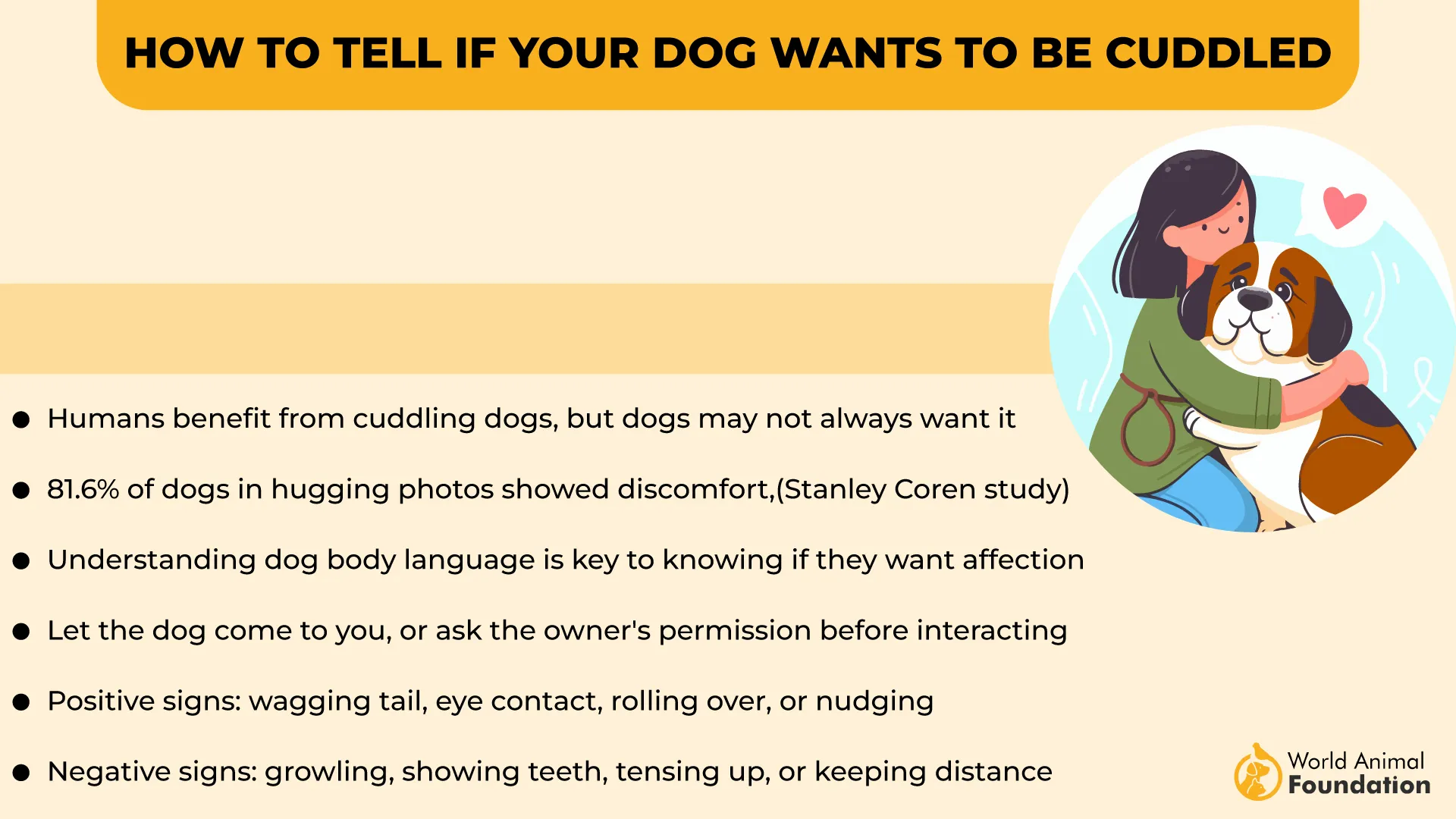
Unique Traits of Beagles:
Exceptional sense of smell: Beagles have one of the strongest noses among all dog breeds, making them excellent at tracking and sniffing out food or trouble.
Distinctive bay: This loud, drawn-out barking sound is part of their heritage as hunting dogs and can sound like a growl to the untrained ear.
Pack mentality: Beagles thrive with other dogs and humans around. They don’t like being left alone and may whine or growl.
Food-motivated: Give them a treat and you’ll earn their loyalty—but watch for aggressive behavior around food if they’re not trained properly.
Beagle Brigade: These dogs work with airport security sniffing out contraband. It’s a job that fits their instinct to track and alert.
2. Siberian Husky
If you’ve ever heard a Siberian Husky let out a dramatic, drawn-out howl, you know this breed doesn’t keep quiet about much.
While they don’t bark as much as some other dogs, they’re experts in vocal storytelling—from whining to full-on singing sessions. These sounds are often their way of showing feelings like pleasure, frustration, or simply wanting attention.
Some Huskies will even let out a soft rumble or growl when you’re giving them belly rubs or scratching that sweet spot behind the ears. In many cases, it’s not aggressive at all—it’s just their way of showing affection or reacting to intense feelings in the moment. Watch for relaxed ears, a loose tail, and a calm demeanor to know it’s a good kind of growl.
Unique Traits of Siberian Huskies:
Independent and intelligent: Training can be a challenge, so patience, consistency, and praise are necessary.
Escape artists: Huskies will dig, jump, or climb their way out of enclosures if they’re bored or under-stimulated.
High prey drive: It’s best to be cautious around cats or small animals—this behavior is instinctual, not a sign of aggressive behavior.
Cold climate champs: Thanks to their thick double coat, they handle snow like pros—but expect serious shedding.
Not apartment dogs: Their energy levels and need for movement make them better suited to spacious homes.

3. Dachshund
The Dachshund has a big personality packed into a small frame. Originally bred to track and flush out burrowing animals, this breed developed a deep, bold bark meant to be heard from underground. That same instinct now fuels their noisy nature at home.
When being petted, some Dachshunds may let out a low growl—not out of aggression, but as a quirky mix of pleasure and overstimulation.
These growls are often misunderstood. The key is in the body language: if your Dachshund has relaxed ears, a playful tail, and isn’t pulling away, that rumble might just be their way of saying “keep going.”
Unique Traits of Dachshunds:
Persistent vocalizers: They’ll bark to share excitement, alert you, or express displeasure—sometimes all at once.
Fearless diggers: With a nose for small animals, they’ll tunnel into anything that smells interesting.
Burrow lovers: Give them a cozy blanket and they’ll nest like it’s their natural habitat.
Loyal and courageous: Dachshunds form strong bonds and can be protective, especially around kids or family members.
Watchdog potential: Their loud barking and alert nature can make them effective, if small, protectors.
4. Basset Hound
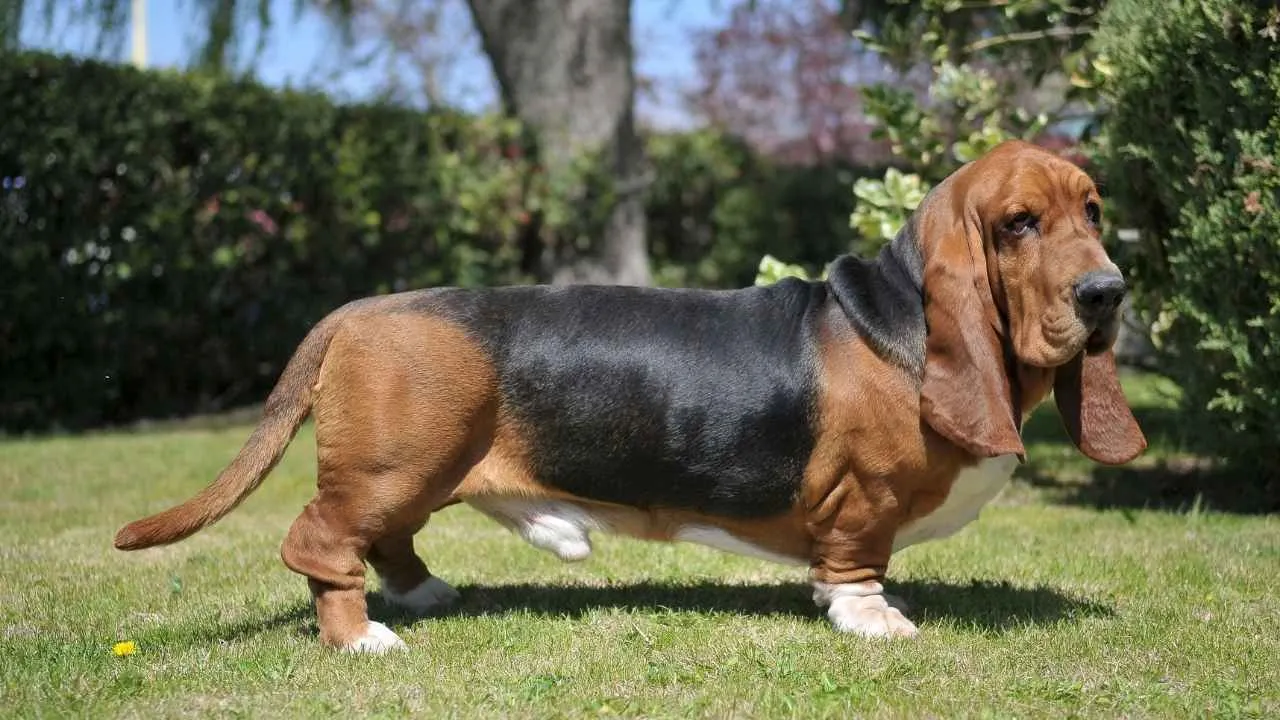
With their droopy eyes, calm vibe, and long, floppy ears, Basset Hounds are hard not to love—but don’t let their sleepy look fool you. These dogs are incredibly vocal, often using a deep baying sound to get your attention or to chime in on a conversation you didn’t know you were having.
Bassets are emotionally tuned in and have a whole range of sounds they use to convey how they feel. That said, if a growl is accompanied by a sudden neck turn, stiff body, or avoidance, it may signal to be uncomfortable, not joy.
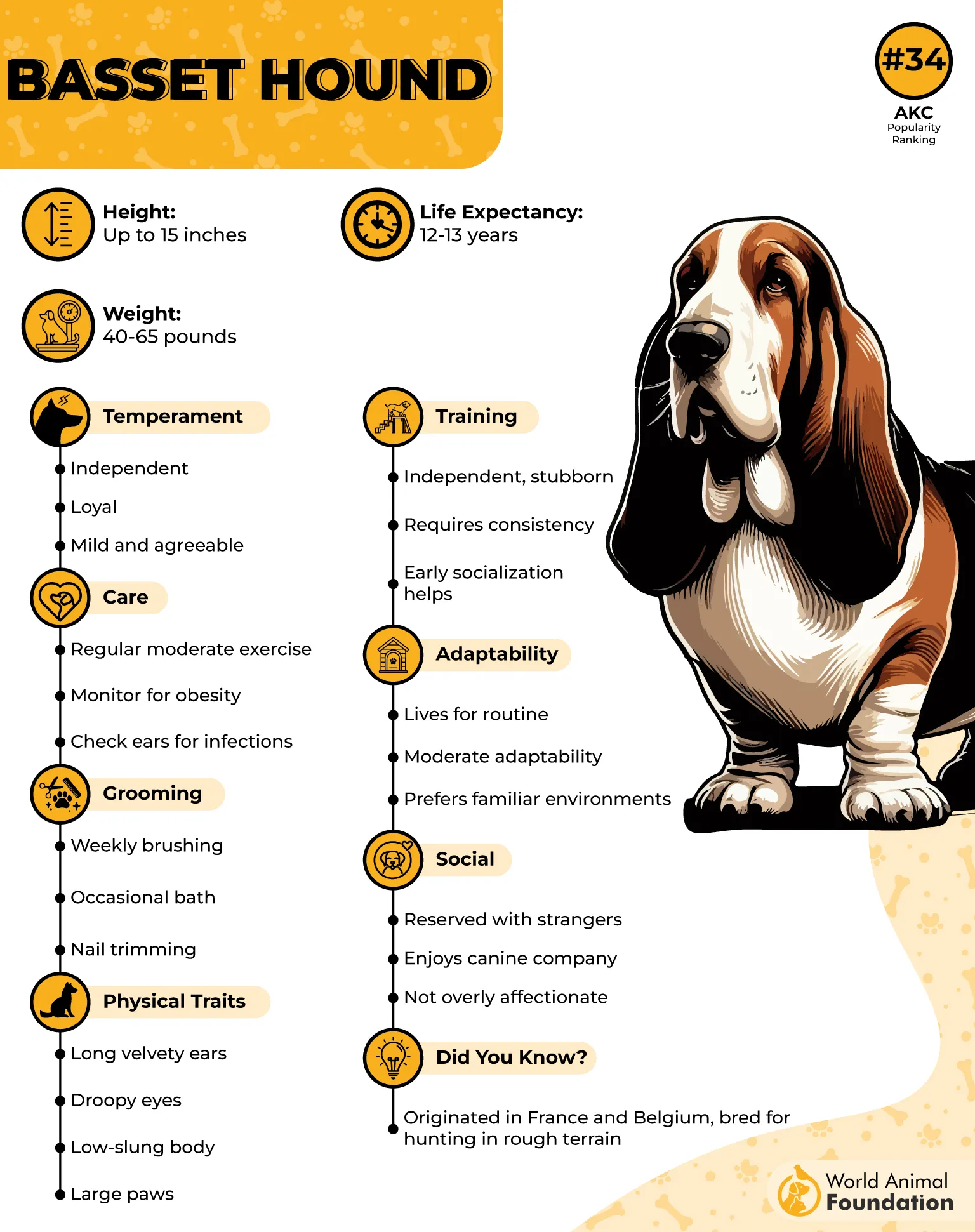
Unique Traits of Basset Hounds:
Short legs, big presence: According to PetMD, their stocky frame isn’t just for looks—it helps them keep their nose close to the scent trail.
Extreme focus: Once they lock onto a smell, they’re in their world. Getting their attention back takes patience.
Distinctive droop: All that loose skin and long ears aren’t just cute—they funnel scent right to their powerful nose.
Need routine: These dogs thrive when life has a rhythm—dinner, walks, play, repeat.
5. Chihuahua

The Chihuahua may be tiny, but no one told them that. These pint-sized powerhouses carry a bold attitude, backed by a sharp bark that punches way above their size. It’s not unusual for a Chihuahua to walk in front of a much larger dog, letting out a string of sharp vocalizations to declare their territory or demand respect.
These dogs are known to form tight bonds with their humans, and even gentle touch can stir big feelings—both good and bad.
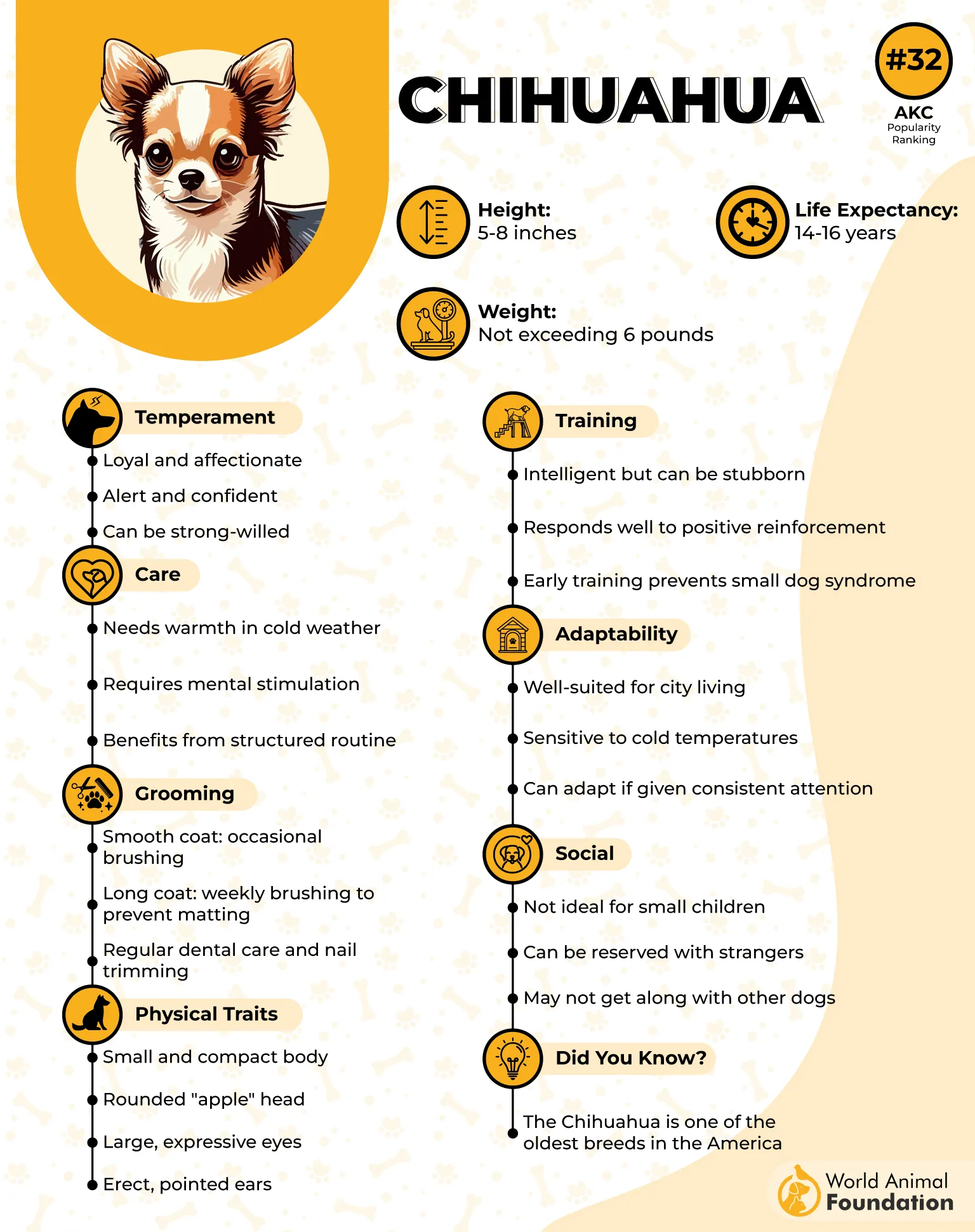
Unique Traits of Chihuahuas:
Smallest breed: Light enough to fit in your bag, but bold enough to fill a room with their presence.
High-alert ears: Their oversized, upright ears twitch at every little sound, from a doorbell to the crinkle of a snack bag.
Long lifespan: According to WebMD, with proper care, many Chihuahuas live well into their mid-teens.
Separation sensitivity: Being left alone can trigger nervous behaviors and vocal protests.
Health watch: They’re prone to dental problems, blood sugar drops, and weak kneecaps, so routine vet checkups are a must.
6. Yorkshire Terriers
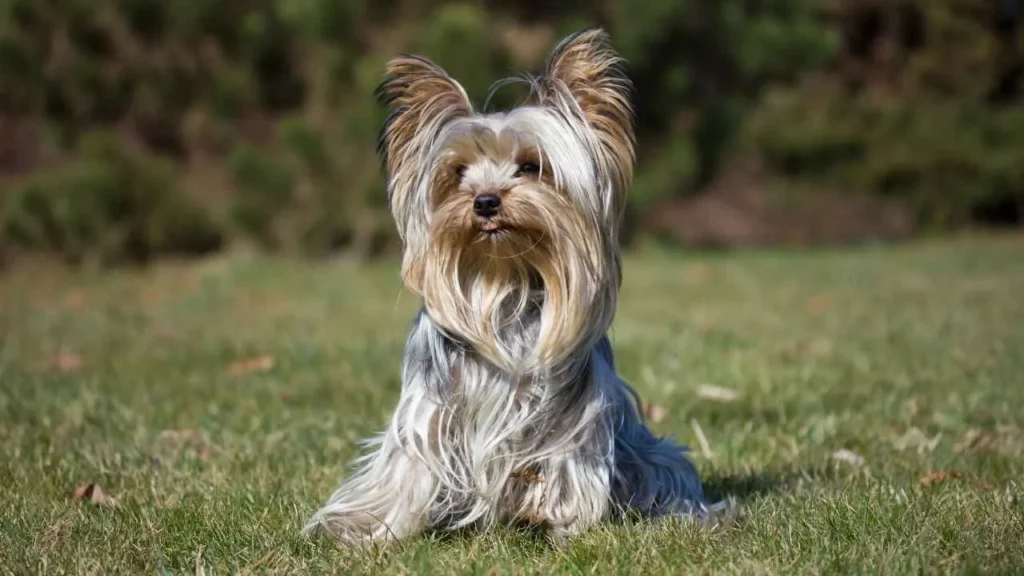
Yorkshire Terriers may fit in your lap, but they act like they own the block. These little dogs are quick to vocalize when something catches their attention—whether it’s a strange noise, a knock at the door, or another dog they think needs to be put in its place.
Their sharp, sudden barking isn’t just random; it’s part of how they communicate status, emotion, and alertness. Some Yorkies might even give off a short growl while being petted, especially when overstimulated or guarding a favorite spot like your lap.
Still, with Yorkies, it’s important to monitor how they behave around children or strangers. These dogs can be bold, but they’re also tiny, and they need your help to set boundaries before things escalate.
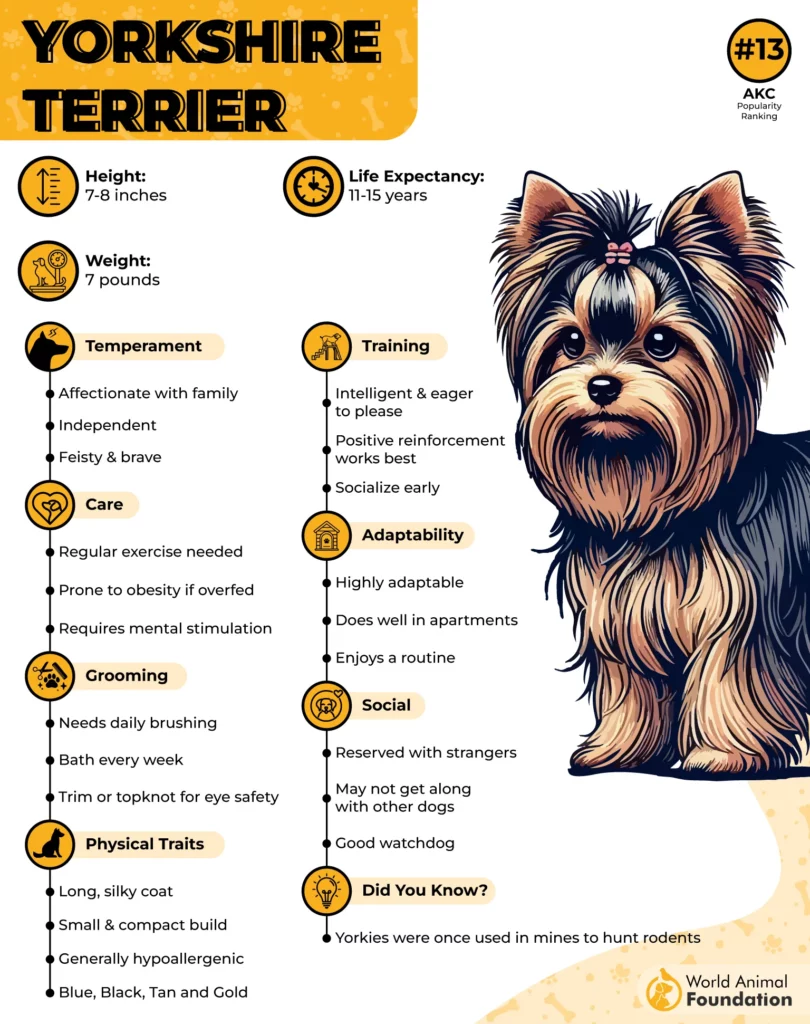
Unique Traits of Yorkshire Terriers:
Hypoallergenic coat: Yorkies shed minimally, making them a solid pick for people with allergies.
Strong work ethic: Originally bred to catch rats in textile mills, their instincts for chasing and alerting are still very much alive.
Terrier tenacity: This breed doesn’t back down easily. Training them requires consistency and a bit of creative thinking.
Historic bravery: One Yorkie, Smoky, served as a WWII hero—proof that courage doesn’t come in just one size.
7. Pomeranian
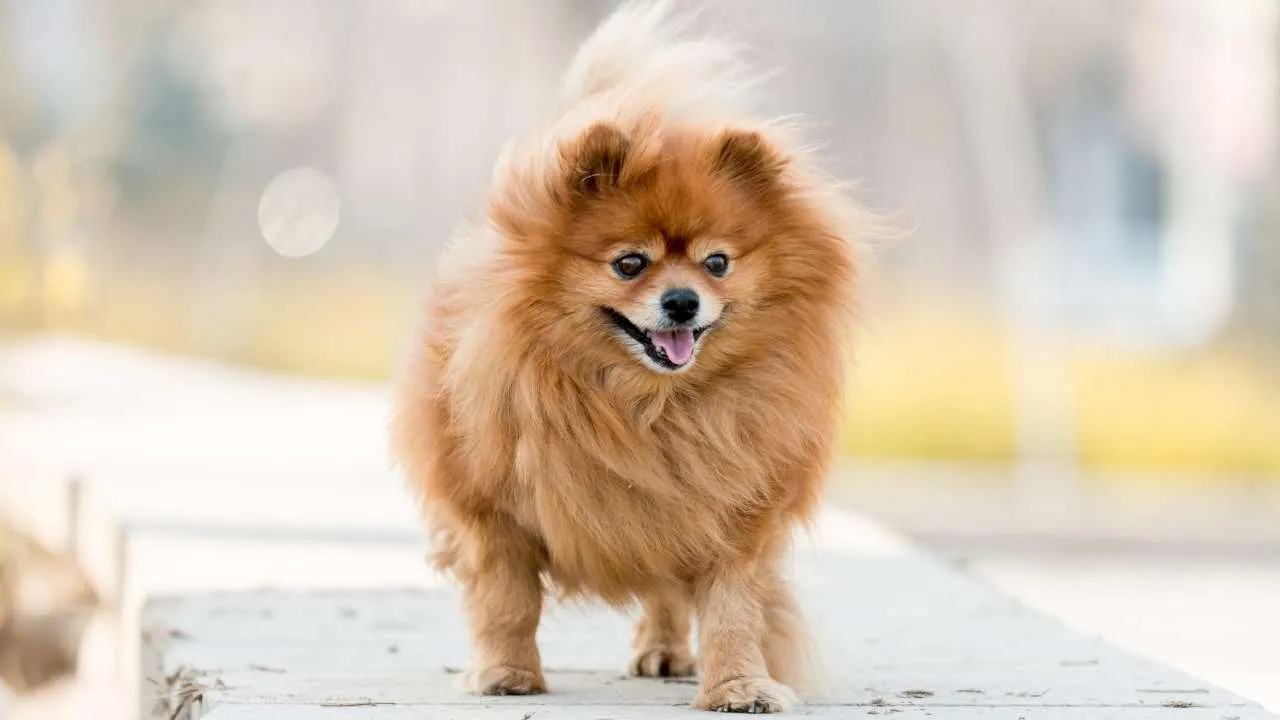
Pomeranians are tiny, animated fluffballs with a serious bark and a strong opinion about everything. Known for their sharp alertness and expressive nature, these little dogs don’t hesitate to vocalize—whether they’re excited, annoyed, or just reacting to the doorbell.
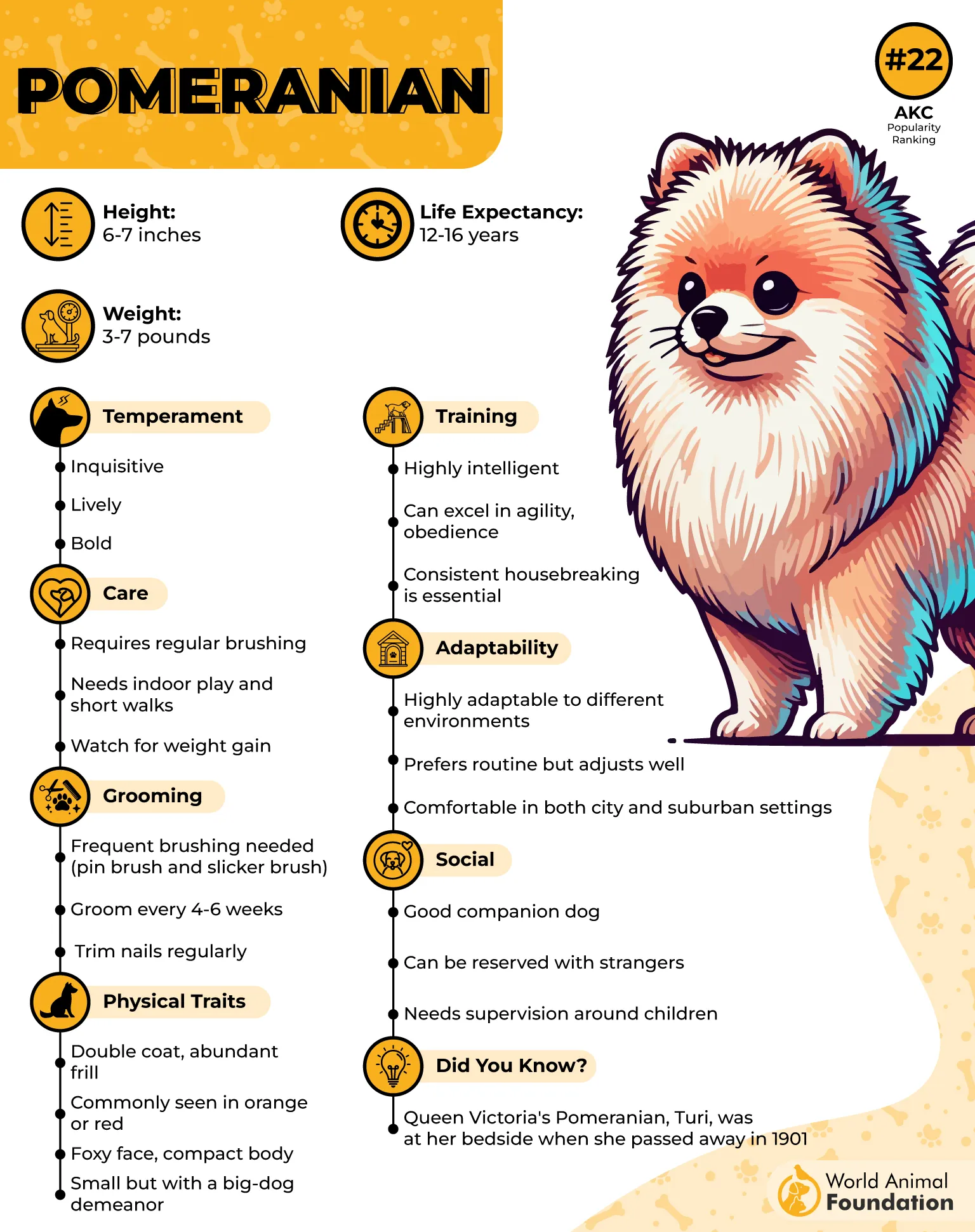
Unique Traits of Pomeranians:
Titanic survivors: Two Pomeranians survived the sinking of the Titanic, carried to safety by their owners.
Resilient spirits: They’ve earned a reputation for being brave and surprisingly tough, given their delicate looks.
People-sensitive: They can be wary of strangers but grow affectionate once trust is built.
Training required: Setting clear rules from day one helps manage their tendency to bark excessively.
8. Australian Shepherd
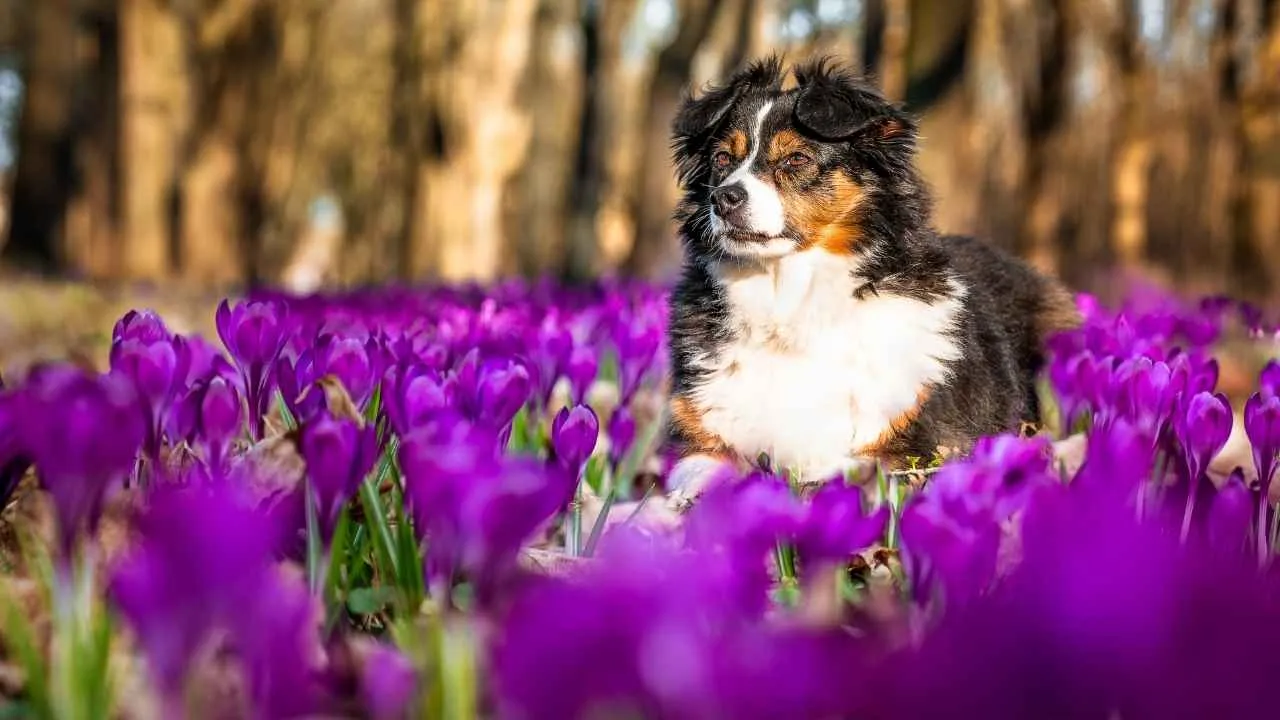
Australian Shepherds are smart, agile, and full of energy—but don’t underestimate how vocal they can be. Barking is just part of how they work. Whether they’re herding sheep, chasing a ball, or shadowing your every move, these dogs like to keep the conversation going.
You might also hear whining, howling, or short bursts of sound when they want attention or feel like something’s off.
If your Aussie lets out a growl during a petting session, don’t assume the worst. It may be their way of expressing overstimulation or a request to shift the focus, especially if they’re on high alert.
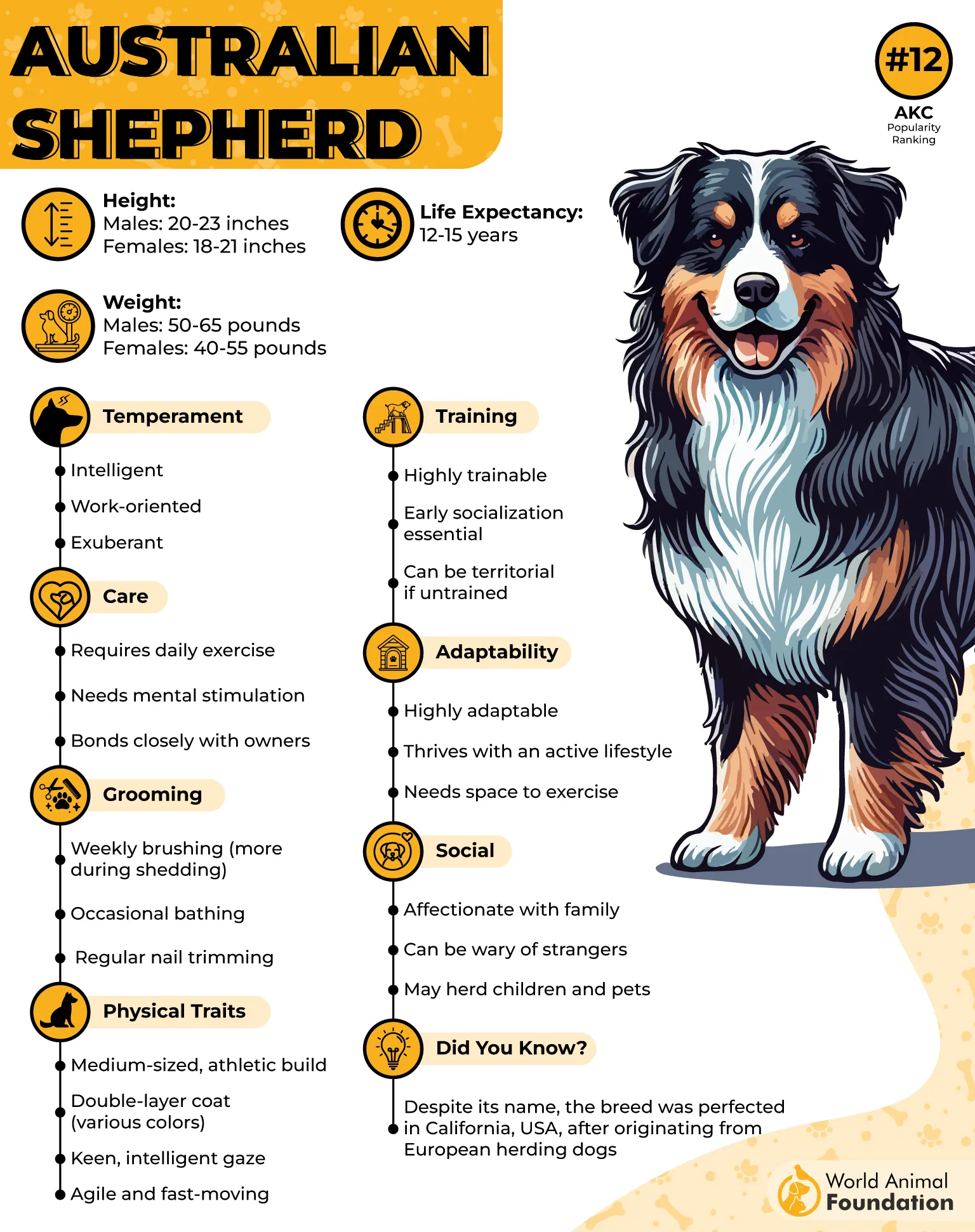
Unique Traits of Australian Shepherds:
Not Australian: The breed developed in the United States, despite the name.
Spiritual connection: Some Native American tribes revered them and called them “Ghost Eye Dogs” because of their striking blue eyes.
Highly trainable: Aussies excel in obedience, agility, and even service roles—they love having a job to do.
Work ethic: These dogs can go all day. They don’t tire easily and thrive when both mentally and physically engaged.
9. Alaskan Malamute
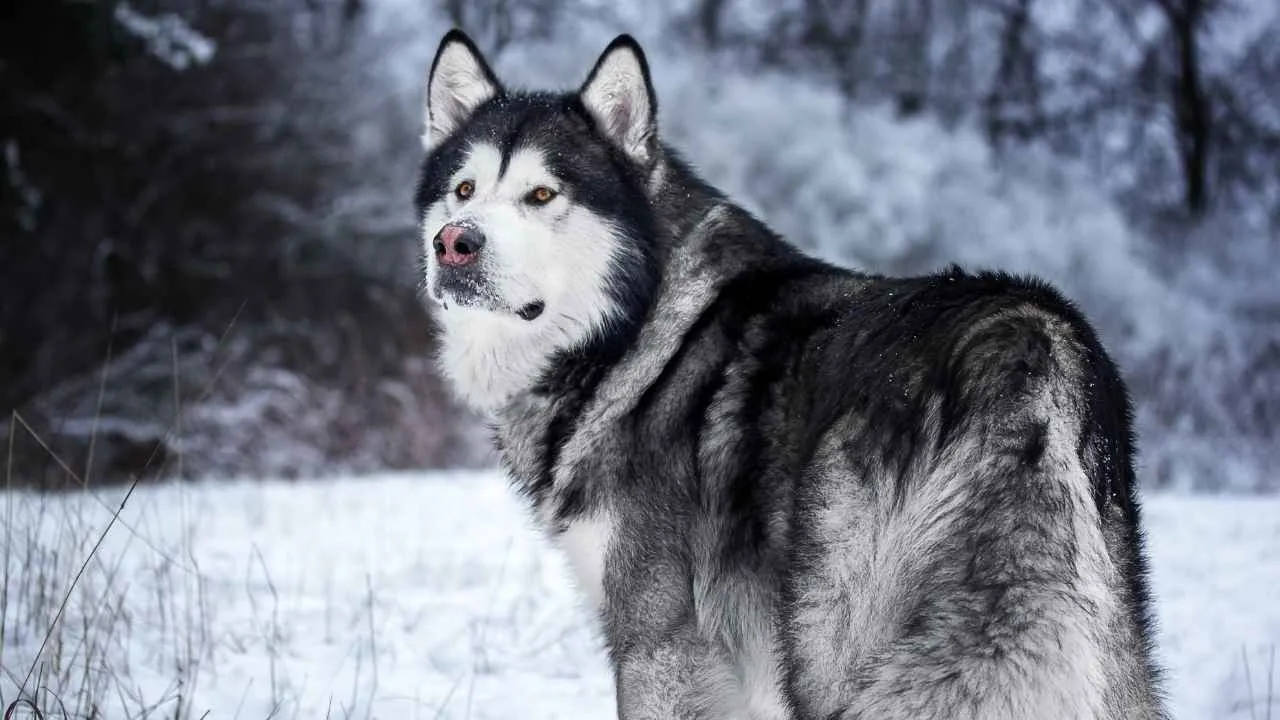
The Alaskan Malamute isn’t just built for endurance—it’s also built to be heard. While not as common as the Husky, this powerful working breed is just as vocal. Malamutes don’t just bark; they communicate with a full range of sounds.
Expect to hear howls, expressive yelps, and even low grumbles when they’re trying to get a message across. These sounds can mean anything from “let’s go” to “something feels off.
If your Malamute starts acting out or suddenly becomes more vocal than usual, because this breed often tries to power through, subtle shifts might be your only clue that something’s up. Pay attention in those quiet moments—before something serious has a chance to take hold.
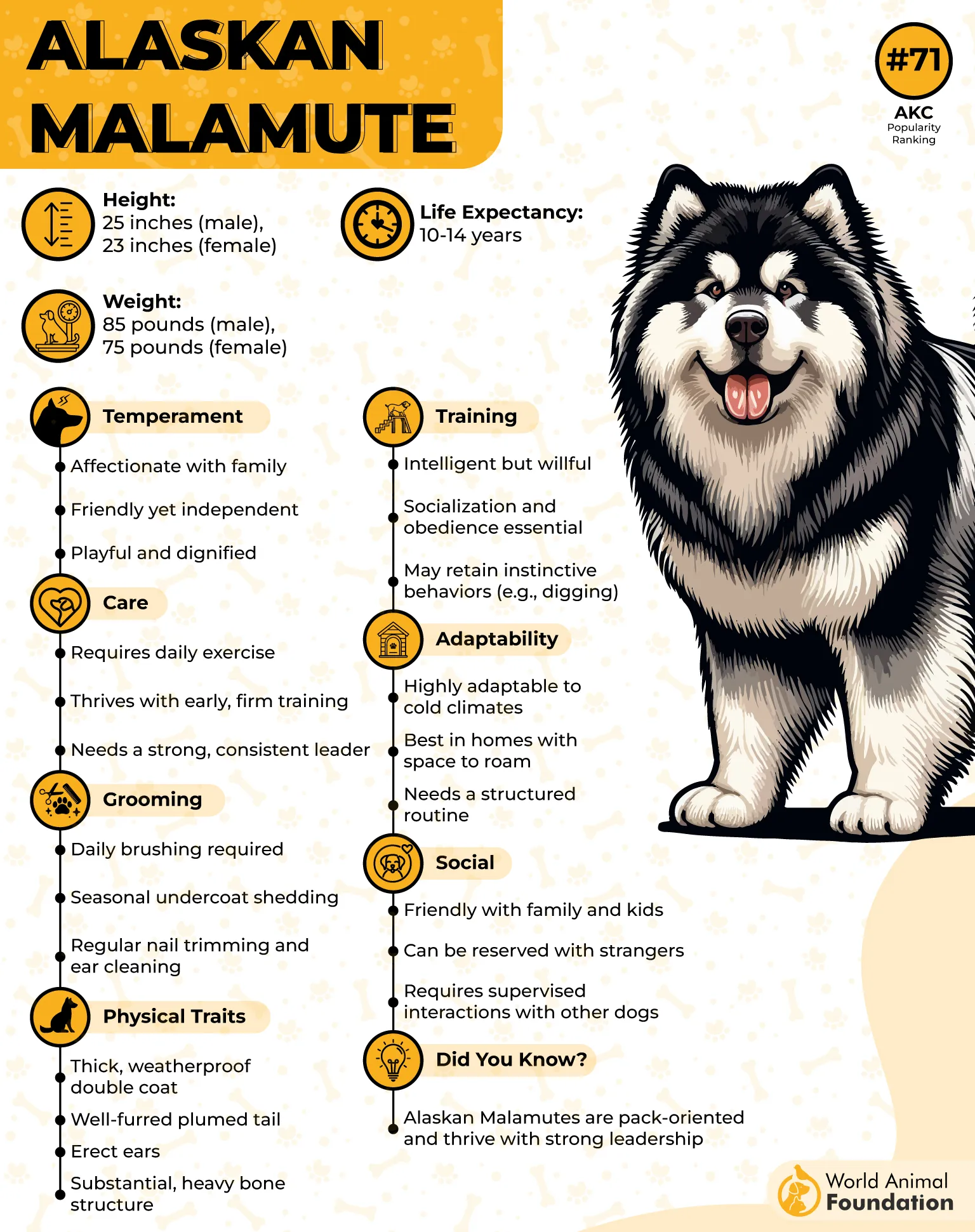
What Sets the Alaskan Malamute Apart:
Cold-Weather Expert: Their thick, double-layer coat insulates them through freezing temperatures.
Muscle Over Speed: Bred for hauling, not racing, they’re known for their ability to pull heavy loads over long distances.
Stubborn Spirit: Their independence means they may test boundaries—training takes patience and clarity.
Historic Role: Originally used by Inuit tribes for everything from hunting to guarding camps.
Conclusion
The point is to read the moment carefully. If their body stays calm and relaxed, that sound might just be part of their normal way of responding. But if you notice signs that they seem concerned, or if their reaction shifts too quickly, it’s smart to slowly back off.
Dogs don’t always follow the same line between affection and discomfort, so knowing your pet’s cues helps you respond without fear. When you pay attention and act with care, you’re building trust, and that deserves some serious praise.


